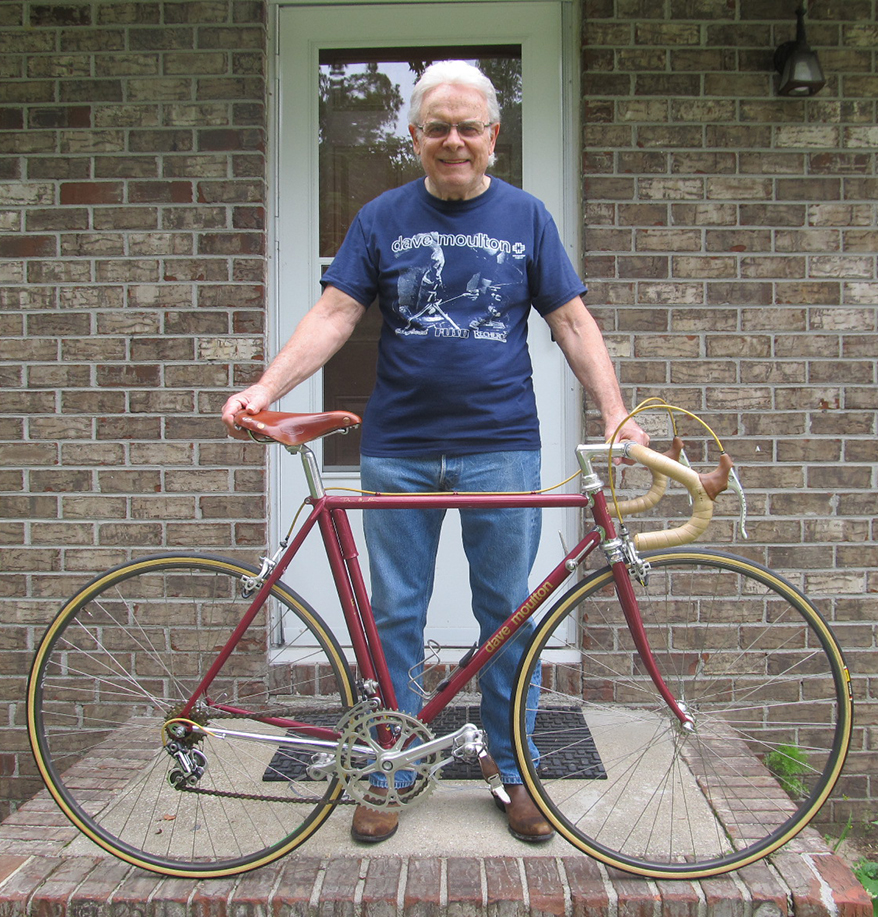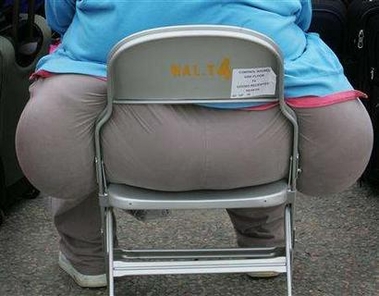 In September of 2007 I wrote an article "Running vs. Cycling: Burning Calories." This one piece gets more hits per day than any other article; at least 150 hits per day, thanks to Google search.
In September of 2007 I wrote an article "Running vs. Cycling: Burning Calories." This one piece gets more hits per day than any other article; at least 150 hits per day, thanks to Google search.
It seems the article gets this many hits because it contains information that people seek out and are interested in. I used data that was gathered by fitness expert Dr. Edward Coyle; he stated that a person running one mile burned 110 calories.
It didn’t matter what speed you ran at, if you were an out of shape beginner, or a super fit athlete. This statement upset a lot of super fit and serious runners. I never intended to belittle the dedicated runner, but the fact is we were talking about distance covered, not speed.
Energy expended is measured in Horse Power, or Watts; both are the energy needed to lift a Weight, a certain Distance, in a certain time. Horse power is Foot/lbs per min, Watts is metric; Kilos/Meters per min.
Many could not grasp the concept that if a fit runner ran a mile in 6 minutes, he was using the same energy, burning the same amount of calories as an unfit runner running a 12 minute mile.
 The reason is the slower runner is running at half the effort, but is running for twice as long; so the Wattage/Calories burned is the same.
The reason is the slower runner is running at half the effort, but is running for twice as long; so the Wattage/Calories burned is the same.
If effort = y, then the faster athlete is running at (y) times 6 mins. While the slower runner’s output is (½ y) times 12minutes. Both are the same.
Today there is a wonderful website called Wolfram Alfra. You can type in “walking,” “running,” or “cycling.” You can then input time, speed, even gender and body weight, to calculate calories burned, and compare.
You can also add height, age, and resting heart rate, etc. if you want to get really precise.
According to what I found a fit male athlete weighing 150lbs. running one mile in 6 minutes. (Pace 6 mim/mi.) would burn 117 calories. Close to Dr. Coyle’s 110 calories quoted in the original article.
Here is where it gets interesting. Again not to belittle any dedicated runners, but a runner of the same weight and gender, running a mile in 12 minutes, would actually burn 124 calories. (Acording to this calculator.)
The only reason I can think of for the higher calorie burn for the slower runner is that during running or walking, a certain amount of energy is required just to support your body weight. It makes sense if you are on the road for twice as long; you are supporting your body weight twice as long.
The figures for walking also bring up a similar result. 150lb. man walking a mile in 15 minutes (4 mph.) burns 73 calories; a 150lb. man walking same mile in 30 minutes (2 mph.) burns 90 calories.
Also let’s say the unfit slower runner weighs 300lbs. double the fit runner’s weight. The 300lb. man would burn 248 calories. More than double the faster runner’s calorie burn at half the speed.
 As pointed out in the original article, cycling is different because wind resistance comes into play, and the faster you ride the more calories burned for the same distance.
As pointed out in the original article, cycling is different because wind resistance comes into play, and the faster you ride the more calories burned for the same distance.
So a 150lb. male cyclist riding 10 miles in 30 minutes (20mph.) would burn 587 calories.
A 150lb. cyclist riding half the speed 10 miles in one hour (10 mph.) would burn 354 calories.
Considerably less even though the slower rider is on the road twice as long; however, the difference in wind resistance between 10mph and 20mph is huge.
Interestingly, an unfit 300lb. male cyclist riding 10 miles in 2 hours (only 5mph.) would burn 816 calories. That is more than the super fit cyclist riding 10 miles at 20mph.
It seems an unfit newcomer to walking, running or cycling can take some comfort in the knowledge that the extra weight they are carrying will initially cause them to burn more calories.
With running or walking, because wind resistance has little or no bearing on output, your calorie burn will drop as you lose weight. The only way to maintain the rate of calorie burn is to increase the distance, although not necessarily the speed. The only limitation will be the time available to you to walk or run.
However, with cycling as you lose weight and your fitness increases, so too will your speed increase, translating into more calories burned due to increased wind resistance.
More speed also means more distance covered in the same amount of time. The same is true for running of course, but with less effect on number of calories burned.
I feel the Wolfram Alpha program will be extremely useful for anyone starting an exercise regimen, or even a fit cyclist trying to figure out if a short fast ride is as beneficial as a longer ride at a slower pace. It will help an individual better manage the time available for exercise.





 Mon, August 1, 2016
Mon, August 1, 2016 

 Dave Moulton | Comments Off |
Dave Moulton | Comments Off | 
































